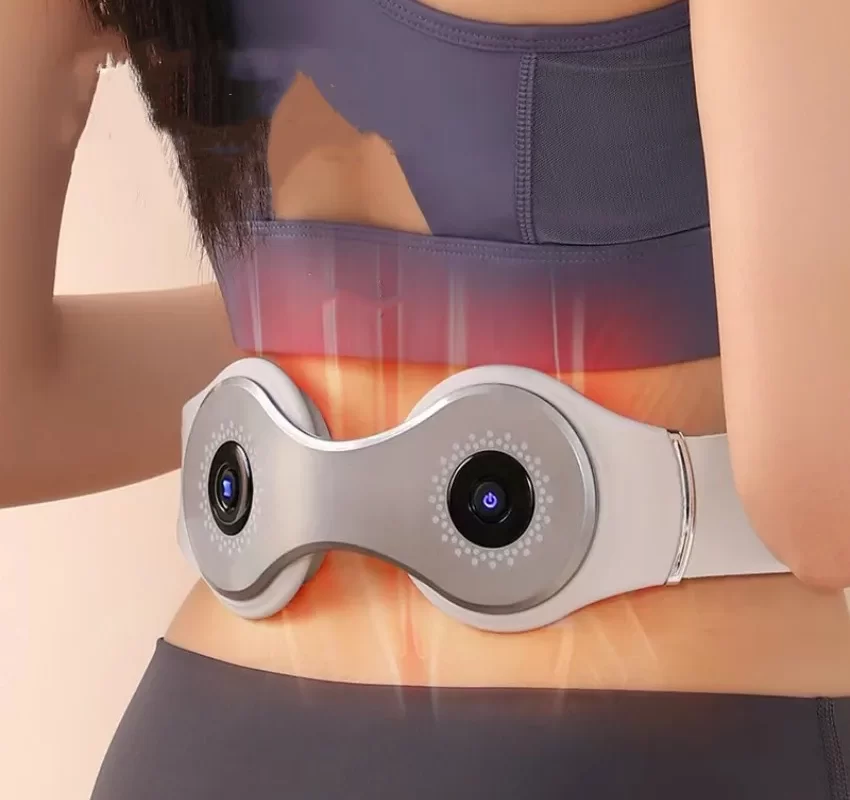Introduction
Heating pads are a popular method for soothing sore muscles, reducing pain, and promoting relaxation. However, improper use or prolonged exposure to heat can sometimes lead to marks or discoloration on the skin. Understanding the duration and factors that affect the healing process of heating pad marks is important for managing expectations and promoting skin recovery. In this guide, we will explore the typical duration for heating pad marks to fade away and discuss factors that can influence the healing process. From proper wound care to addressing underlying skin conditions, we will provide specific information to help individuals navigate the recovery of heating pad marks.

How long does it take for heating pad marks to go away?
The Healing Process for Heating Pad Marks
1.1. Individual Variations
The healing process for heating pad marks can vary from person to person. Factors such as skin type, overall health, and the severity of the burn can influence the duration and appearance of the marks.
1.2. Skin Renewal Cycle
The skin naturally undergoes a renewal cycle, where old skin cells are shed and replaced by new ones. This process typically takes around 28 days for a complete turnover of the epidermis, the outermost layer of the skin.
1.3. Pigmentation Changes
Heating pad marks may cause temporary changes in pigmentation, resulting in lighter or darker patches on the skin. The time it takes for pigmentation to return to normal can vary depending on the individual and the severity of the burn.
Mild First-Degree Burns
2.1. Duration of Marks
Mild first-degree burns caused by heating pads generally resolve within a few days to a couple of weeks. These burns typically affect only the outermost layer of the skin and do not cause significant damage.
2.2. Redness and Discoloration
Redness and discoloration associated with mild first-degree burns usually fade within a week. The skin may return to its normal appearance as the healing process progresses.
2.3. Skin Peeling
After a few days, the affected area may start to peel as the damaged skin cells are shed and replaced. It is important to refrain from picking or peeling the skin, as this can delay the healing process and increase the risk of infection.
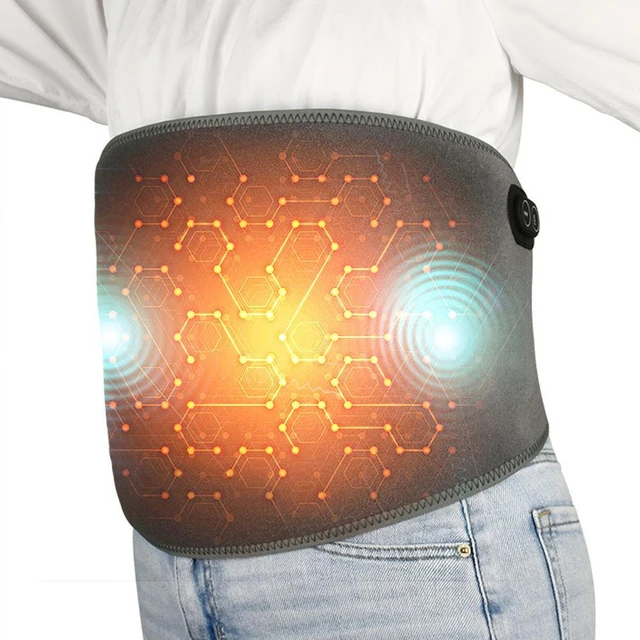
Second-Degree Burns
3.1. Duration of Marks
Second-degree burns caused by heating pads may take several weeks to heal completely, depending on the severity of the burn. These burns affect both the epidermis and the underlying dermis layer of the skin.
3.2. Blistering and Swelling
Blistering associated with second-degree burns may take a few days to a week to heal. The blisters may gradually flatten or drain, and the swelling should subside as the healing process progresses.
3.3. Skin Regeneration and Pigmentation
As the skin regenerates, the affected area may appear pink or reddish in color. Over time, the pinkness should fade, and the skin’s normal pigmentation should gradually return. This process can take several weeks or even months, depending on the individual.
Third-Degree Burns
4.1. Duration of Marks
Third-degree burns caused by heating pads are severe and require medical attention. The healing process for these burns is complex and can take an extended period of time.
4.2. Medical Intervention
Third-degree burns often require specialized wound care, skin grafting, and long-term treatment plans. The timeline for healing and the resolution of marks will vary depending on the severity of the burn and the effectiveness of the medical interventions.
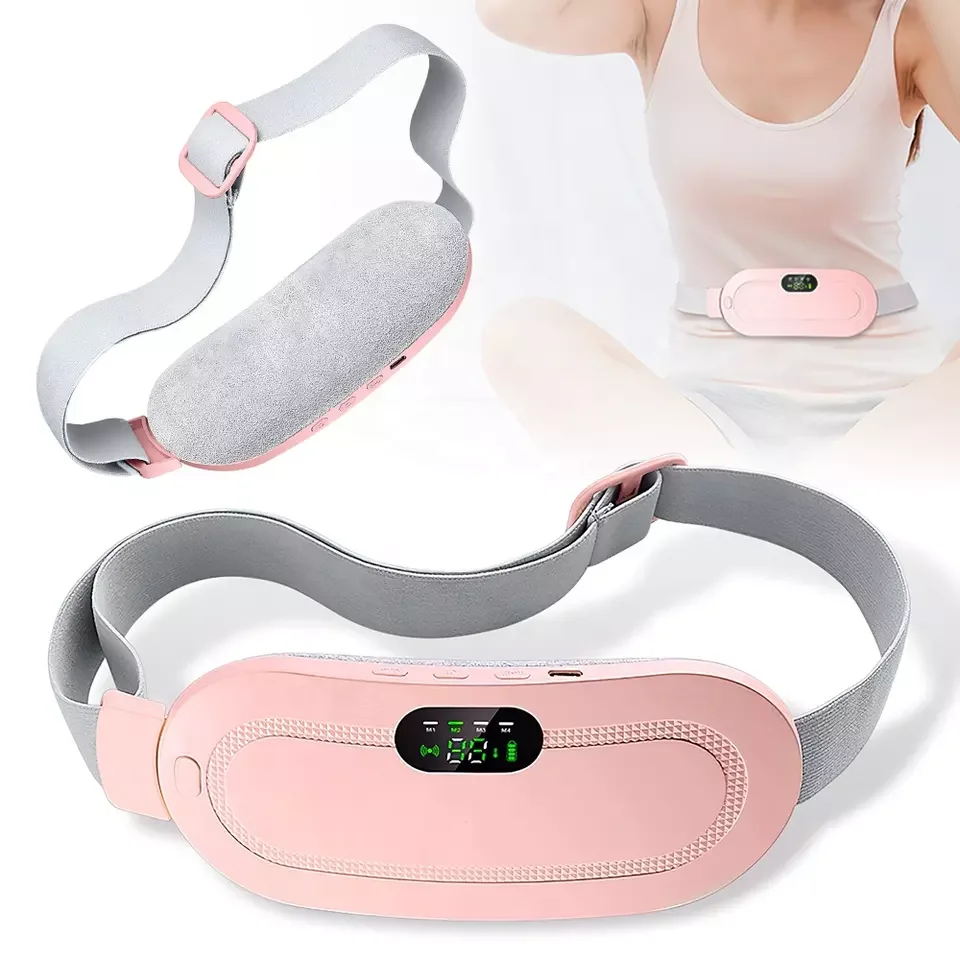
Factors Affecting Recovery
5.1. Proper Wound Care
Following proper wound care practices, such as keeping the burn clean and moisturized, can aid in the healing process and minimize scarring. Consult a healthcare professional or follow their recommendations for specific wound care instructions.
5.2. Underlying Skin Conditions
Pre-existing skin conditions, such as eczema or dermatitis, can affect the healing process and the appearance of heating pad marks. Individuals with underlying skin conditions may require additional care and guidance from a dermatologist or healthcare professional.
5.3. Lifestyle and Habits
Factors such as smoking, excessive sun exposure, poor nutrition, and stress levels can impact the skin’s healing abilities. Maintaining a healthy lifestyle and practicing good skin care habits can support the recovery of heating pad marks.
5.4. Scar Tissue Formation
In some cases, heating pad marks may leave behind scar tissue. The formation and appearance of scars can vary depending on individual factors and the extent of the burn. Consult a healthcare professional or dermatologist for guidance on scar management and treatment options.
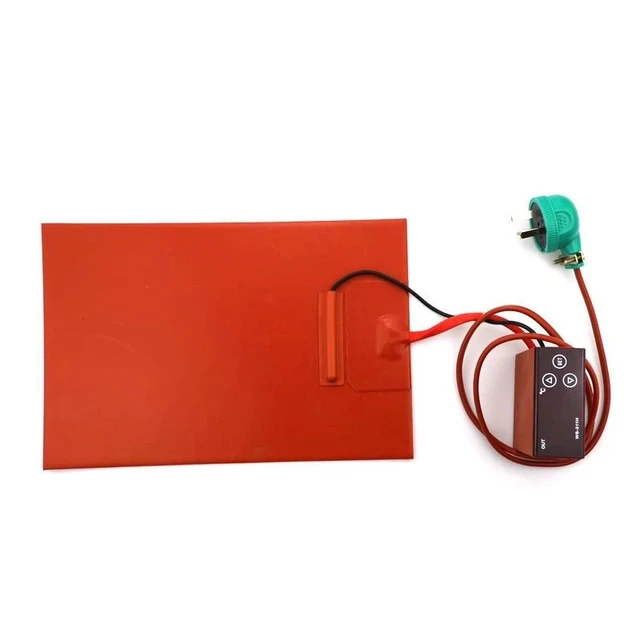
Seeking Medical Advice
6.1. Severe Burns or Complications
If your heating pad marks are severe, show signs of infection, or do not show signs of improvement over time, it is important to seek medical advice. A healthcare professional can evaluate the burn, provide appropriate treatment, and address any complications that may arise.
6.2. Consulting a Dermatologist
If you have concerns about the healing process or the appearance of heating pad marks, consider consulting a dermatologist. They can assess your skin, provide personalized recommendations, and offer treatments that may promote healing or minimize the appearance of marks.
Prevention and Precautions
7.1. Proper Use of Heating Pads
Ensure that you follow the manufacturer’s instructions for proper use of heating pads. Use the recommended temperature settings and duration of use to minimize the risk of burns.
7.2. Skin Protection
If you have sensitive skin or are prone to burns, consider using a barrier, such as a thin cloth or towel, between your skin and the heating pad to provide an extra layer of protection.
7.3. Regular Inspection of Heating Pads
Regularly inspect your heating pad for any signs of wear, damage, or malfunction. Replace any worn-out or faulty heating pads to prevent burns and ensure safety.
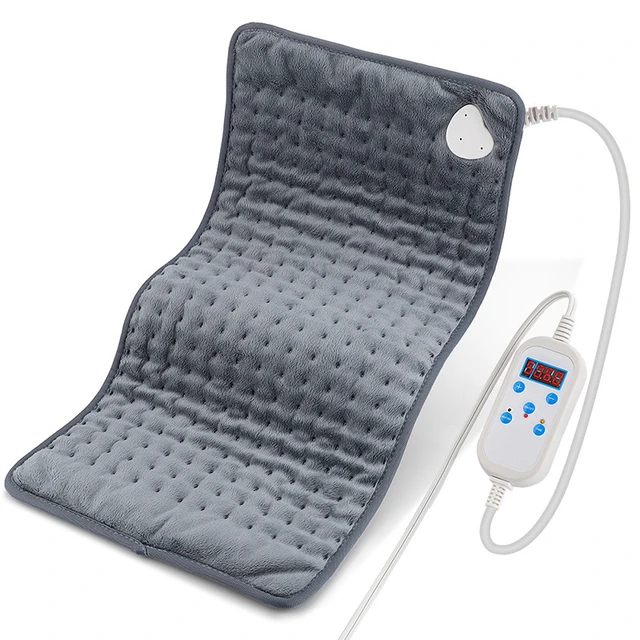
Conclusion
The duration for heating pad marks to fade away can vary depending on the severity of the burn and individual healing processes. Mild first-degree burns may resolve within a few days to a couple of weeks, while second-degree burns may take several weeks or months. Third-degree burns require medical intervention and may take an extended period to heal completely. Factors such as proper wound care, underlying skin conditions, lifestyle choices, and scar tissue formation can affect the recovery process. Seeking medical advice for severe burns or complications is crucial, as healthcare professionals can provide appropriate treatment and guidance. By following recommended precautions and practicing proper wound care, individuals can support the healing process and promote the fading of heating pad marks over time.

